Panda cub Xiao Liwu “Little Gift” and his mother Bai Yun at the San Diego Zoo
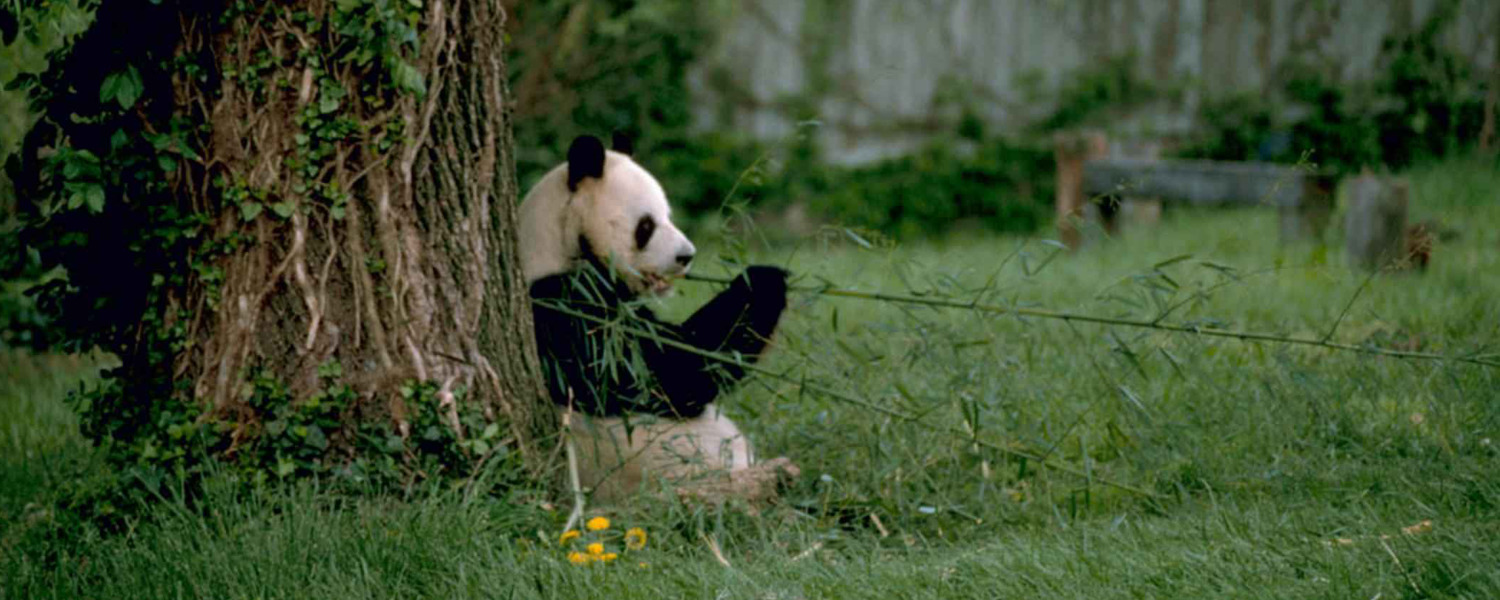
The Panda Project


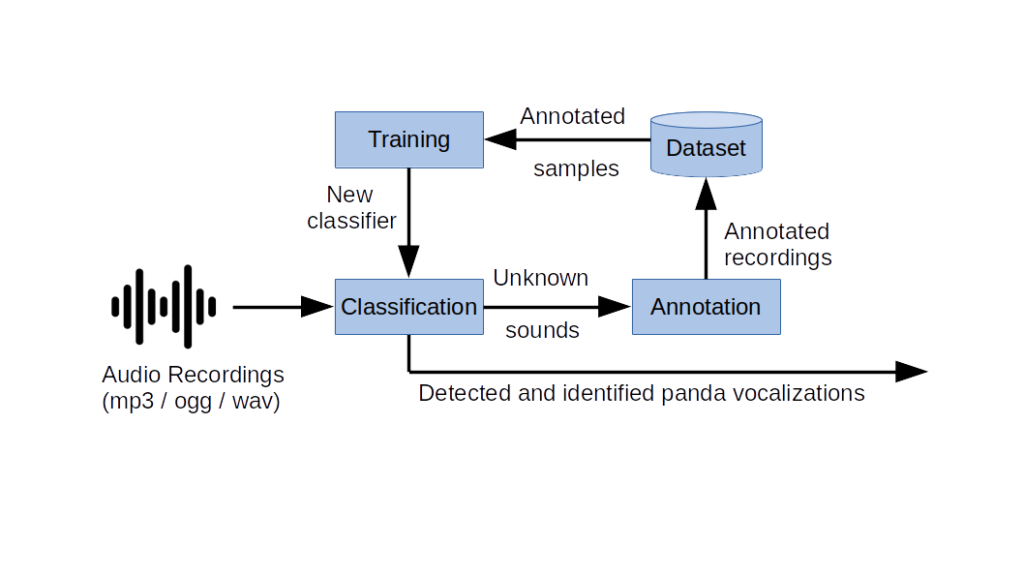
Audio processing cycle
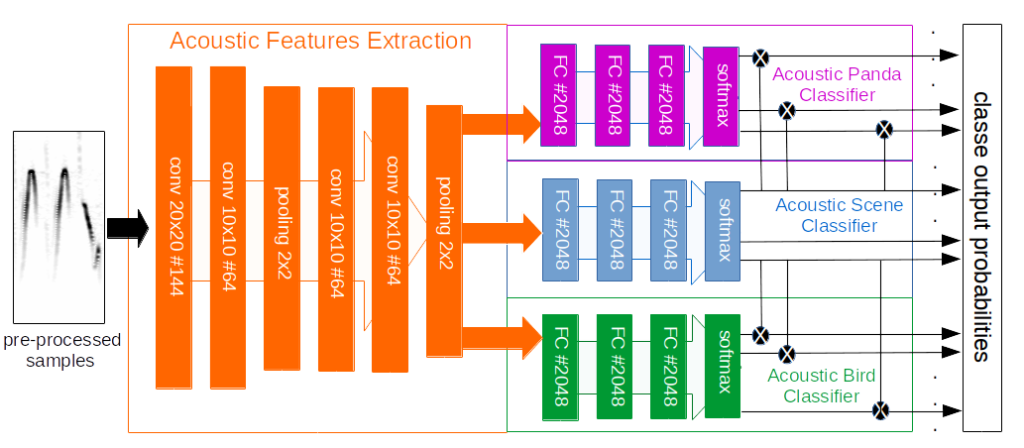
System Architecture
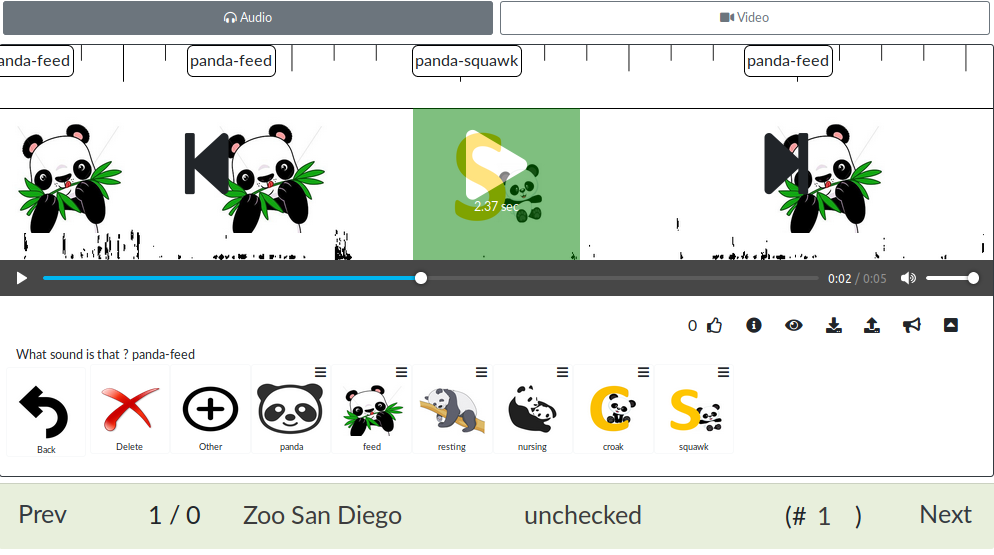
The online interface allows the user to play the audio recording as well as visualize the audio spectrum. When a known panda sound is heard, the user places a visual marker

Accuracy in classification after 1, 2, 3, and 4 cycles of training
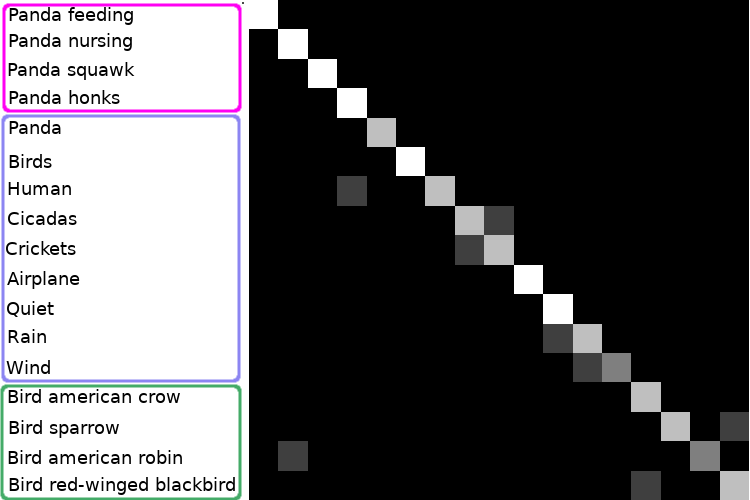
Accuracy in classification after the 5th cycle of training
The Panda Project
Bio-acoustic Deep-Learning based Panda Activity Tracking
Understanding panda behavior is crucial to continued conservation management, yet our capacity to monitor behavior in the wild using GPS and accelerometer data is limiting. Giant pandas are an ideal species for vocal, incidental and ambient acoustic monitoring. The acoustic ecology of the species is well documented, and different behavioral contexts are associated with sonic events each offering a unique acoustic signature allowing classification and also containing additional fine details about the individual emitting those sounds (sex, size, age, identity, intent, hormone level). Acoustic monitoring offers a promising approach to the detection and classification of behaviors and life history events, including reproduction, predator encounters, and feeding, sleeping, and nursing behaviors. Application of acoustic monitoring to conservation management requires the development of automated techniques for data extraction from recordings. Here, using an open-source deep-learning approach, we demonstrate the successful real-time identification and classification of seven panda vocalizations, in addition to chewing and nursing sounds.
Collaborators
The realization of this project was done in collaboration with Clement Duhart (ESILV) and with guidance from Gabriel Miller and Megan Owen (SDZG).
Tracking collars with acoustic recording units (ARU) were deployed and recordings of behavior (bamboo feeding, cub suckling, rest) and cub vocalizations were manually decoded by research staff at the CCRCGP-Heatuaping Reintroduction Base. Research staff included Xiao Yan, Mengmeng Sun, Wu Daifu, Liu Xiaogiang, Zhou Shiqiang, Mou Shifjie, and He Shengshan. Shotgun microphone recordings of adult panda vocalizations were made by Ben Charlton, SDZG Research Fellow. The collar-mounted acoustic recording project was conceived by Megan Owen (SDZG), Zhang Hemin (CCRCGP), Wu Daifu (CCRCGP) and Li Disheng (CCRCGP), and managed by Wu Daifu (CCRCGP) and Huang Yan (CCRCGP)
My Role
Management – Voice Research – Data Management
Dates
2017 – 2020
